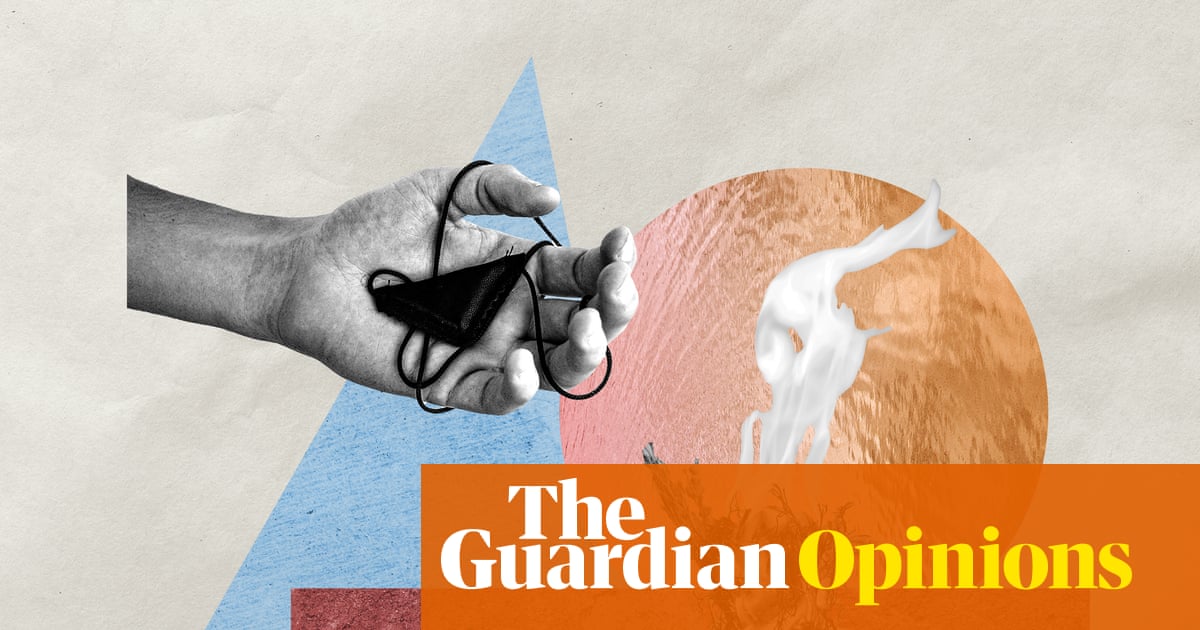Once Vanessa Dunn started living alone, it became impossible to imagine sharing her space with a boyfriend. “It was so, so girly,” said Dunn, who is a 25-year-old fitness instructor from Maine. “There was pink everywhere. I’d look at my bathroom and think, ‘Living with a man sounds like my worst nightmare.’”
Then, six months into a whirlwind romance with a long-distance boyfriend, Dunn’s apartment gained another occupant.
Dunn and her boyfriend, a grad student who moved from Scotland, say they started shacking up because they are in love and someday plan to get married. But they would be lying if they said the ever-increasing cost of rent did not also play a role in the decision.

“I just had a mental breakdown about the finances of living alone,” Dunn said. “It doesn’t feel like the world is made for single people. When you have a partner, everything’s split down the middle, and you can put that extra money away and potentially have savings.”
Every love story is unique, but Dunn’s speedy meet-cute to move-in timeline echoes a wider trend. In August, a study released by the rental company Apartments.com found that one quarter of surveyed couples moved in together within the first six months of their relationship; 33% of them said they did so to save on rent. A September report from the Kinsey Institute and DatingNews.com surveyed 2,000 single US adults and again, nearly one in four said they would “fast-track cohabitation” with romantic partners for the sake of finances. This was especially true for gen Z: 38% said they would move in faster due to inflation and the cost of living – perhaps skipping the formative step of living alone altogether.
“It was only a matter of time until we found evidence that inflation impacts dating and relationships,” said Dr Justin Lehmiller, a research fellow at Kinsey and one of the study’s lead authors. “It seems clear that some people view moving in together as a way to be more financially comfortable.”
It doesn’t always work out. Leaving a partner is hard enough, but finding a new place to live on top of that can be so overwhelming that people put off a necessary breakup. The Apartments.com study found that when individuals have to choose between ending a relationship or keeping it going because they cannot afford to move out, 55% stayed longer.
“There’s a risk of moving in too fast,” Lehmiller said. “You could end up financially tied with someone who you don’t actually want to be with.”
Natassia Miller, a New York-based sexologist calls this “financial coupling” where leases and bills – not, you know, love – binds partners together. “I work with couples who have been living together for so many years, and they’re unhappy, and the only thing keeping them together is bills,” Miller said. “It’s important to be able to have the choice to walk into – or leave – a relationship because of your actual dynamic and compatibility, not because of finances.”
At the same time, young women are romanticizing going it alone. They are rewatching Sex and the City, and Girls, posting about their “girl apartment” on TikTok, or taking to r/femalelivingspace to show off their room decor, homespun paint jobs or hanging plants. One perennial pop feminist meme features a quote from Whoopi Goldberg’s 2016 New York Times interview on why she lives alone: “I don’t want somebody in my house.”
Men might feel differently. The Kinsey study found that men are more likely to want to move in due to the economy than women (29% of men compared with 19% of women).
Lehmiller says he sees this gender gap “consistently” in studies conducted over the past few years. “Men are just more eager,” he said. “Women are approaching relationships more cautiously than men are and taking their time, pursuing relationships on their own terms.”

When Emily Sanchez was in her mid-20s, she moved in with her now-ex boyfriend after a year of dating. Saving on rent was a big motivator, and at first it felt like “playing house” said Sanchez, who is now 30 and lives in San Diego. But she soon found that living together “put pressure” on their relationship, and Sanchez found herself putting her boyfriend’s needs before her own. “I definitely felt taken advantage of,” she said. When Sanchez finally had enough, she had to dip into her savings to afford the move to her own place, a Spanish-style apartment with high ceilings and lots of natural light.
A green thumb who owns a company that sells plant accessories, Sanchez filled the place with flora and souvenirs from her travels. She posted idyllic pictures on social media, and other women messaged her, asking how she managed to move out on her own.
“A lot of girls said they wanted to leave their relationships, but they were living with their partner and couldn’t afford to get out of it,” she said. “I have experience living with a partner and living alone, and I always tell friends that if they’re able to live alone, they should.”
In 1936, a Vogue editor named Marjorie Hillis published her first book, Live Alone and Like It. With the kind of pluck and aplomb that used to be a requirement for glossy magazine writing, the early self-help book insisted that a single girl’s life could be just as fabulous – and maybe even preferable to – that of a married woman’s. Back then, most women who lived alone were widows, along with the smaller category of women who chose to stay single during the first wave of feminism.
Some of Hillis’s tips were practical: she advised singles to pick up one hobby they could do by themselves, and one they did with other people. (“Be a communist, a stamp collector, or a Ladies’ Aid worker if you must, but for heaven’s sake, be something.”) She also preached a gospel of frivolity, encouraging single women to splurge on silk pyjamas, even if no one would ever see them: “The woman who treats herself like an aristocrat seems aristocratic to other people, and the woman who is sloppy at home inevitably slips sometimes in public.”
But mostly, Hillis railed against the notion that single living was a sign of defeat. “One of the great advantages of your way of living is that you can be alone when you want to,” she wrote. “Lots of people never discover what a pleasure this can be … The more you enjoy yourself, the more of a person you are.”
Dunn has no regrets about moving in with her boyfriend, however quickly. But part of what makes settling down so sweet is being able to look back at how much she grew during her “single era”.
“Living alone made me very comfortable with myself, and I decided that if I was going to date again I would have to be very, very confident that it was with the person who I would eventually end up with,” Dunn said. “When we moved in, yes, it was about money, but I also genuinely really wanted to have him around all of the time.”

 2 hours ago
7
2 hours ago
7

















































